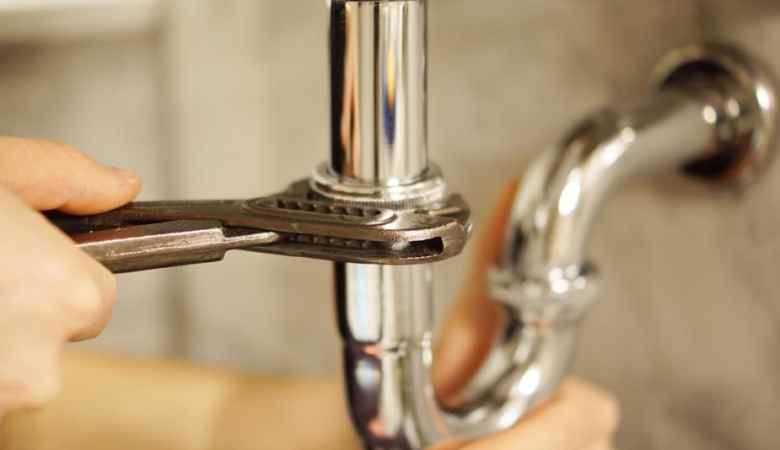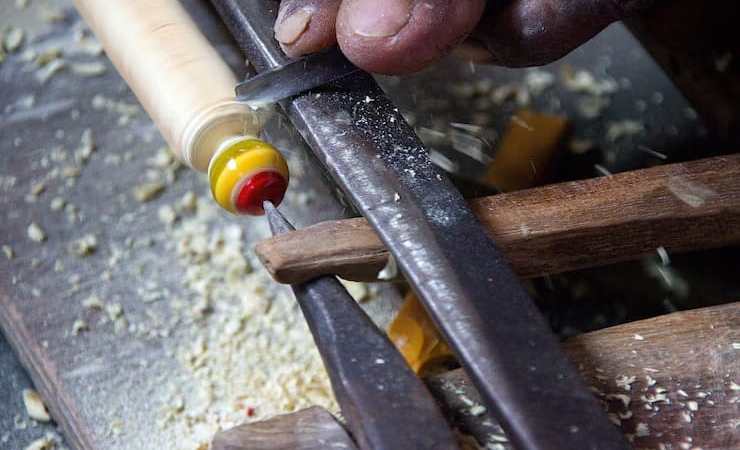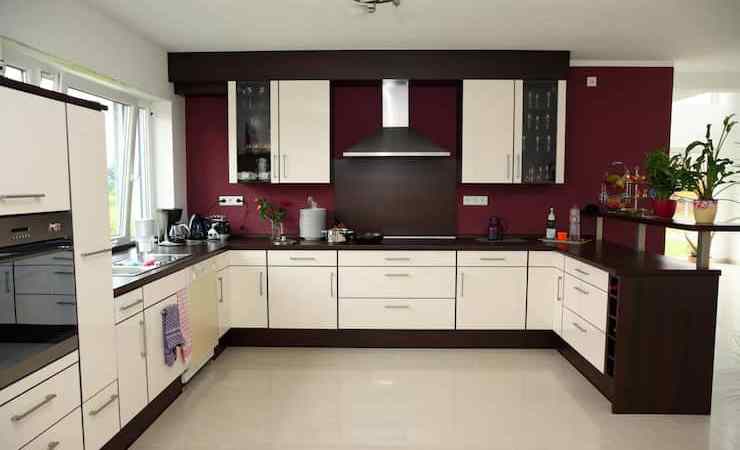Ever looked at a flight of steps and wondered how someone who uses a wheelchair, walking frame, or pushchair can glide past them with ease? That small moment of curiosity often leads to a much bigger question, one about making every corner of a building accessible without compromising on style, safety, or budget. Choosing a platform lift is never a one-size-fits-all decision, and that is exactly where expert advice becomes invaluable.
Platform lifts may seem straightforward on the surface, yet each installation hides a maze of practical choices: dimensions, drive systems, regulations, and ongoing care. Owners and facility managers often discover that what looked simple at first glance quickly branches into many “what-if” scenarios. Time, money, and future-proofing all sit in the balance.
Below are the five core decisions an experienced consultant can help you make with confidence.
Table of Contents
1. Choosing the Right Lift Type
A platform lift is not a single product but a family of designs, each suited to different settings. Before anything else, the specialist will match your environment to the most suitable format.
If you speak to a platform lift specialist, they can walk you through the technical differences that really matter, like how a screw-driven model compares with hydraulic, or why one type might suit an indoor school hallway better than a weather-exposed shopfront.
- Step lift – A short-rise unit perfect for one or two steps at an entrance.
- Enclosed vertical lift – Travels a full floor or more inside a shaft complete with its own enclosure.
- Open vertical lift – Works indoors or outdoors where weather protection is not critical and space remains open.
- Inclined platform lift – Runs up an existing staircase without major structural work.
- Goods-passenger combination – Handles bulky deliveries alongside people when buildings need flexible logistics.
Beyond the style of lift, layout, and finish also matter. Whether the project is a quiet care facility, a busy train station, or a stylish boutique, a consultant will help you find something that looks right and functions properly in its setting.
2. Getting the Dimensions Spot On
Once the right lift type is chosen, fine-tuning the dimensions becomes critical. A platform even a few millimetres too small can turn a smooth ride into a daily struggle. Specialists conduct detailed surveys, considering everything from doorway widths to turning circles at entry and exit points.
A proper survey covers:
- The size and manoeuvring range of mobility devices likely to use the lift
- The available space for a landing, allowing for safe waiting areas
- Headroom, pit depth, and overhead clearance
- Load requirements, ensuring the lift can carry both users and attendant if necessary
Cutting corners on these checks risks costly alterations later. A consultant’s survey notes go straight into the specification, guiding manufacturers and installers, so every nut and bolt lands exactly where it should.
3. Navigating Building Regulations
Understanding building regulations can be overwhelming. Different projects come with different requirements, and getting them wrong can delay everything. A platform lift specialist will guide you through this from the start, identifying which rules apply to your building and making sure your lift design is fully compliant.
They’ll handle communication with building control and check that every detail, from emergency features to access controls, meets current safety standards. Because regulations change over time, relying on old guidelines can be a costly mistake. The specialist stays up to date, so you don’t have to.
There may also be extra layers to consider, like heritage restrictions or insurance approvals. Instead of trying to manage that paperwork yourself, the specialist pulls together everything needed for a smooth approval process.
4. Planning for User Experience
Installing a lift is not just about reaching the next floor. Comfort, speed, and flow matter just as much. An under-specced motor may inch upward so slowly that users grow impatient. A cramped platform can leave someone struggling to turn a chair.
A consultant maps the user journey:
How many people need the lift during peak times?
Will carers or family members ride alongside?
Does the lift need tactile buttons, braille, or voice prompts for visually impaired passengers?
Is a mirror required so wheelchair users can safely reverse?
Should the lift run on standby power during blackouts?
Designing for real-world use prevents bottlenecks and ensures everyone feels valued. The goal is seamless integration, where riding the lift becomes part of everyday movement rather than a special detour.
5. Long-Term Operation and Support
Even the most robust platform lift needs periodic care. Ignoring maintenance not only shortens lifespan but also risks unexpected downtime. Specialists help you design a support programme that balances cost with reliability.
- Preventive servicing – Regular checks spot wear before it leads to failures
- Safety inspections – Mandatory tests keep the lift compliant and secure
- Component lifecycle planning – Knowing when parts typically age out lets you budget in advance
- Emergency call-out strategy – A clear plan for rapid repair minimises disruption
- User training – Staff or residents learn proper operation, reducing accidental damage
With these measures in place, the lift becomes a long-term asset rather than a liability. A specialist can also outline service contract options, so you know whether to choose annual, bi-annual, or quarterly visits based on usage levels.
Looking Beyond Year One
Many projects focus heavily on installation, then drift into reactive maintenance. Experienced consultants encourage building managers to look five or ten years ahead. They may suggest stocking critical spares, scheduling periodic modernisation, or budgeting for performance upgrades, such as smoother door operators or quieter drives. Planning ahead saves money over time and keeps the lift performing like new.
Set the Right Things in Motion
Installing a platform lift can transform how people experience a building, but only if it’s planned with care. When you speak to a lift specialist, the process becomes clearer and more structured. They help you avoid unnecessary compromises, flag hidden risks early, and create an access solution that truly works. Whether it’s your first lift or one of many, expert input can be the difference between a workable system and one that quietly fails to meet expectations.







Leave a Reply
You must be logged in to post a comment.